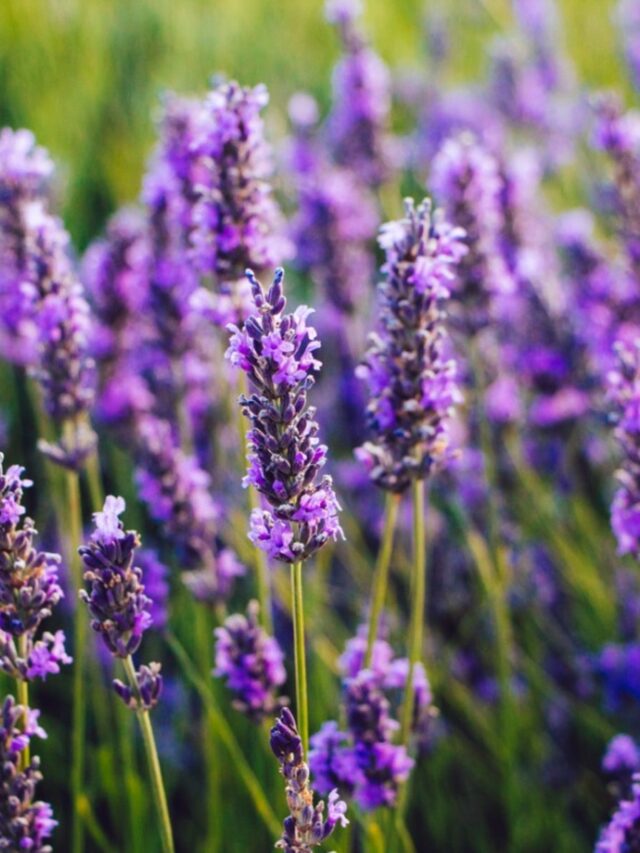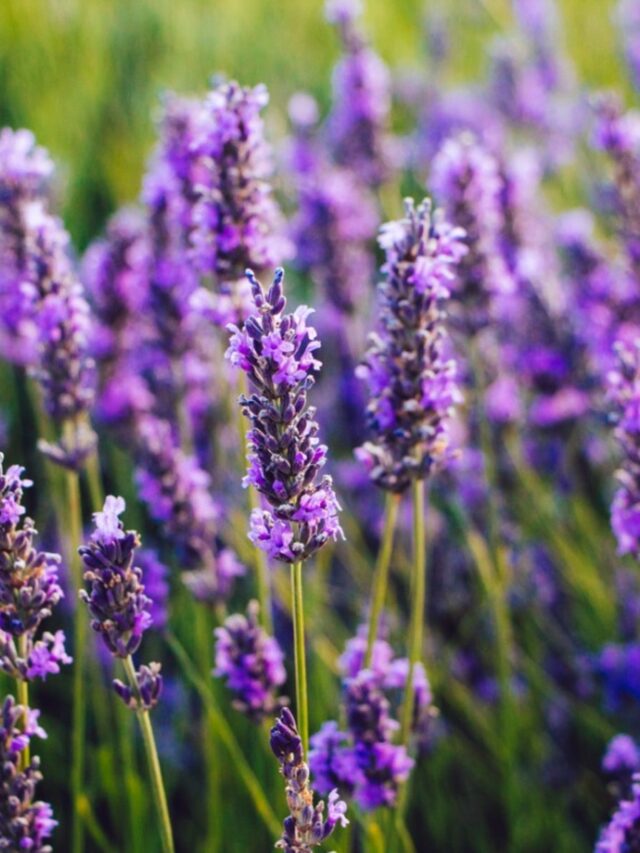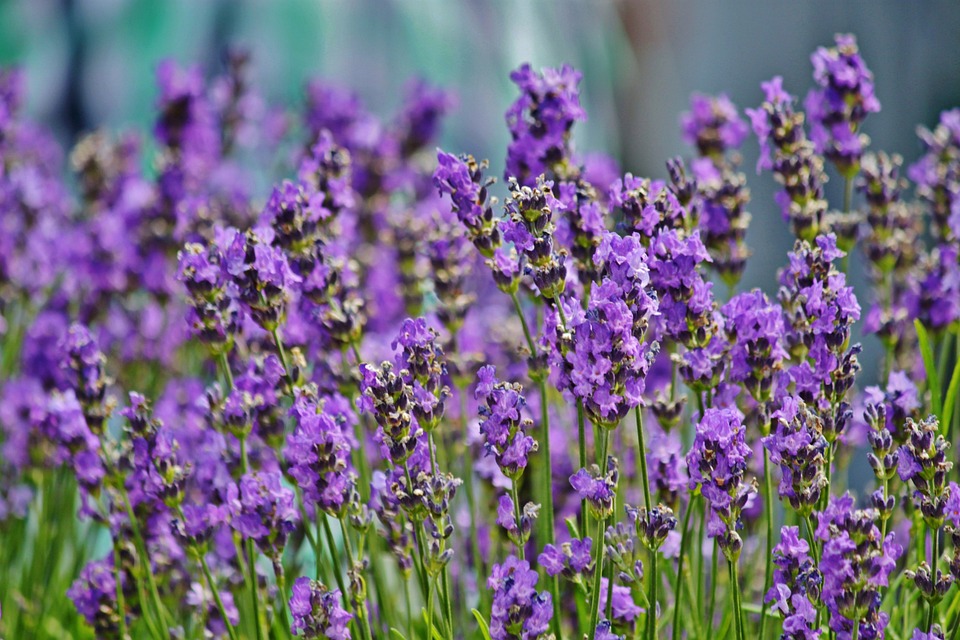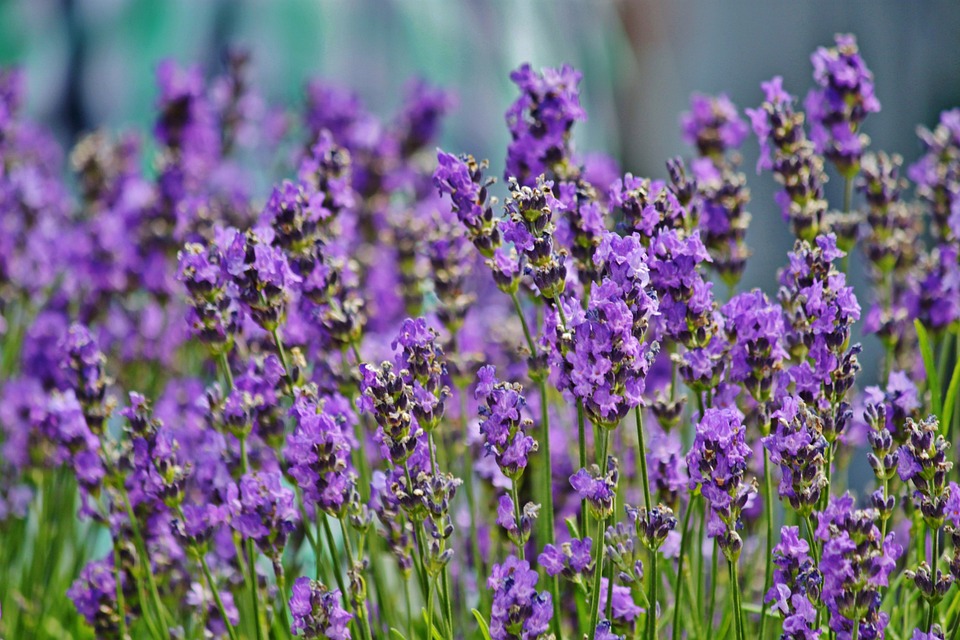In the realm of sustainable gardening, creating a vibrant and thriving garden while conserving water is not just a trend but a necessity.
As climate patterns shift and water resources become increasingly precious, gardeners are turning to low-water landscaping solutions that emphasize drought-tolerant plants.
Among these, perennial flowers stand out for their resilience, beauty, and ability to thrive with minimal water once established.
Understanding Perennial Flowers

Perennial flowers are plants that live for more than two years, with many species surviving for several decades under favorable conditions.
Unlike annuals, which complete their life cycle in a single growing season, perennials typically regrow each spring from their rootstock rather than from seeds.
This characteristic makes them ideal candidates for low-water gardens, as their established root systems are more adept at seeking out moisture deep within the soil.
Benefits of Low-Water Perennial Gardens

Water Conservation: By choosing drought-tolerant perennials, gardeners can significantly reduce water usage without compromising on visual appeal.
Reduced Maintenance: Once established, perennial plants generally require less maintenance compared to thirstier annuals, saving both time and resources.
Long-Term Sustainability: Perennial gardens contribute to sustainable landscaping practices by promoting biodiversity and supporting local ecosystems.
Choosing the Right Perennials

Selecting the appropriate perennial flowers for a low-water garden depends on several factors, including climate, soil type, and sun exposure.
Here are some top choices known for their drought tolerance and ornamental value:
Lavender (Lavandula spp.): Known for its aromatic foliage and striking purple flowers, lavender thrives in sunny, well-drained locations and requires minimal water once established.
Sedum (Sedum spp.): These succulent perennials are available in a variety of sizes and colors, making them versatile additions to any low-water garden.
Blanket Flower (Gaillardia spp.): With its daisy-like blooms in vibrant shades of red, orange, and yellow,
blanket flower is a hardy perennial that attracts pollinators and thrives in hot, dry conditions.
Russian Sage (Perovskia atriplicifolia): Featuring silvery foliage and spikes of lavender-blue flowers,
Russian sage is both drought-tolerant and deer-resistant, making it a popular choice for arid climates.
Yarrow (Achillea spp.): Available in a range of colors including yellow, pink, and red, yarrow is valued for its feathery foliage and flat-topped flower clusters that attract butterflies while requiring little water.
Designing a Low-Water Perennial Garden

Creating a successful low-water perennial garden involves thoughtful planning and consideration of plant placement, soil preparation, and irrigation methods. Here are some design tips to help you get started:
Group Plants by Water Needs: Cluster plants with similar water requirements together to streamline irrigation and ensure efficient water use.
Use Mulch: Apply a layer of mulch around plants to conserve soil moisture, suppress weeds, and regulate soil temperature.
Optimize Irrigation: Consider drip irrigation systems or soaker hoses to deliver water directly to plant roots, minimizing evaporation and runoff.
Choose Native Species: Native perennials are well-adapted to local climate conditions and soil types, often requiring less water and maintenance than non-native alternatives.
Maintenance Tips

Maintaining a low-water perennial garden involves periodic tasks to ensure plant health and longevity:
Regular Watering During Establishment: Newly planted perennials may require supplemental watering until their root systems become established.
Deadheading: Remove spent flowers to encourage continuous blooming and prevent self-seeding in non-desirable areas.
Division: Every few years, divide overcrowded perennials to promote healthy growth and rejuvenate the garden.
Seasonal Pruning: Prune perennials as needed to remove dead or damaged foliage and promote overall plant vigor.
Conclusion
In conclusion, creating a beautiful and sustainable garden with perennial flowers that thrive in low-water conditions is both achievable and rewarding.
By carefully selecting drought-tolerant species, designing with water conservation in mind,
and implementing proper maintenance practices, gardeners can enjoy a vibrant landscape while contributing to environmental stewardship.
Whether you’re starting a new garden or retrofitting an existing one, incorporating these resilient
perennials will help you achieve a thriving oasis that conserves water and supports biodiversity for years to come.






